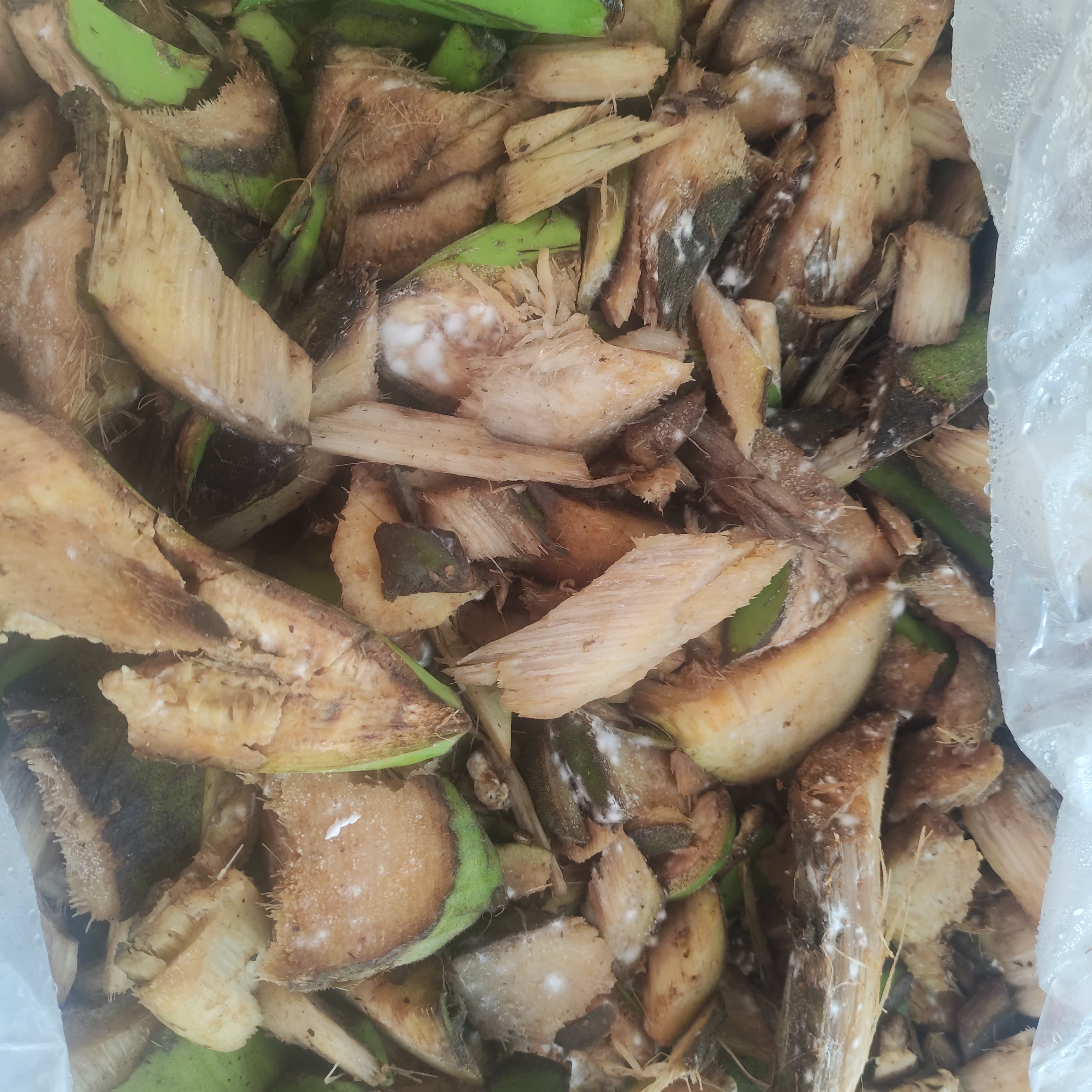Mackays is a fourth-generation family farming business that has evolved since its founding in 1945. From a modest 6.5-hectare lease, Mackays has expanded to an impressive 3600 hectares of farming land in Tully and Lakeland Downs, becoming the country's largest banana producer. The company prides itself on a diverse workforce of over 550 staff and produces a variety of crops including bananas, papaya, watermelons, passionfruit, sugar cane, broad-acre legumes, and cattle.
In efforts to increase soil health and reduce synthetic chemical and fertiliser inputs, Mackays has historically produced a mulch product by combining sugar mill byproducts, banana peel, and biosoil. Building on this initiative, Mackays is preparing to implement a composting program to further improve environmental outcomes.
Composting Goals at Mackays:
- Improve soil structure
- Increase soil Organic Carbon (OC)
- Enhance soil Cations and Cation Exchange Capacity (CEC)
- Boost soil water holding capacity
- Reduce nutrient and sediment runoff
- Recycle waste from packing shed and processing facilities
- Diminish synthetic fertiliser use
Mackays plans to conduct trials to compare static and turned compost piles before finalizing their composting system.
Collaboration with Mobius Farms:
In a move to address all on-site waste streams and embrace a circular economy, Mackays approached Mobius Farms to explore the feasibility of insect bioconversion for managing packing shed waste. This waste primarily consists of banana stalks and fruit that are damaged or out of specification.
Mobius Farms undertook feed trials to assess whether the frass generated by black soldier fly larvae (BSFL) on this feedstock could be directly applied to crops or used as a component in compost.
Trial Outcomes:
- Trial 1: 100 grams of BSFL neonates on 2 kilograms of banana stalk material showed a material reduction of 89% after three days, leaving a dry husk residue.
- Trial 2: 200 grams of BSFL neonates on 2 kilograms of banana stalk material demonstrated a material reduction of 81% after seven days.
- Trial 3: 300 grams of BSFL neonates on 2 kilograms of banana stalk material resulted in a material reduction of around 83% after three days.
A sample of the dry husk residue has been analyzed for its potential as compost/fertilizer, testing for nitrogen, macro and micro-nutrients, and carbon.
The trials indicate that BSFL can effectively reduce banana stalk waste, though their growth rate on this diet is slower than on their normal diet. The material reduction ratio suggests that the BSFL efficiently dehydrate the banana stalk, leaving behind a stringy, dry husk material.
